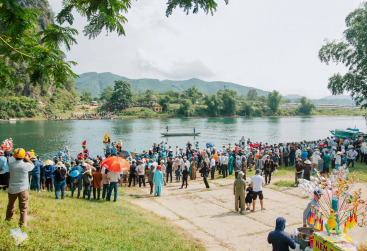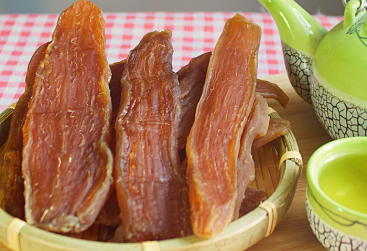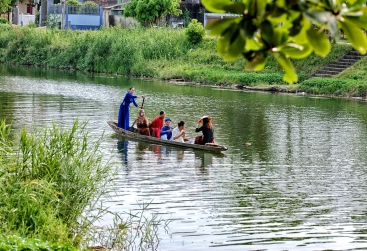The Quang Binh region is situated along the Central Coast of Vietnam and is home to unique cultural, historical, and natural values. This land is known for its world-renowned natural heritage sites such as Phong Nha - Ke Bang, which boasts magnificent and breathtaking caves. Quang Binh also boasts a long and romantic coastline with fine white sand beaches, as well as long-standing historical and cultural relics, making it an attractive destination for both domestic and foreign tourists. Join Phongnha Discovery to learn more about the history of this region in the following article!
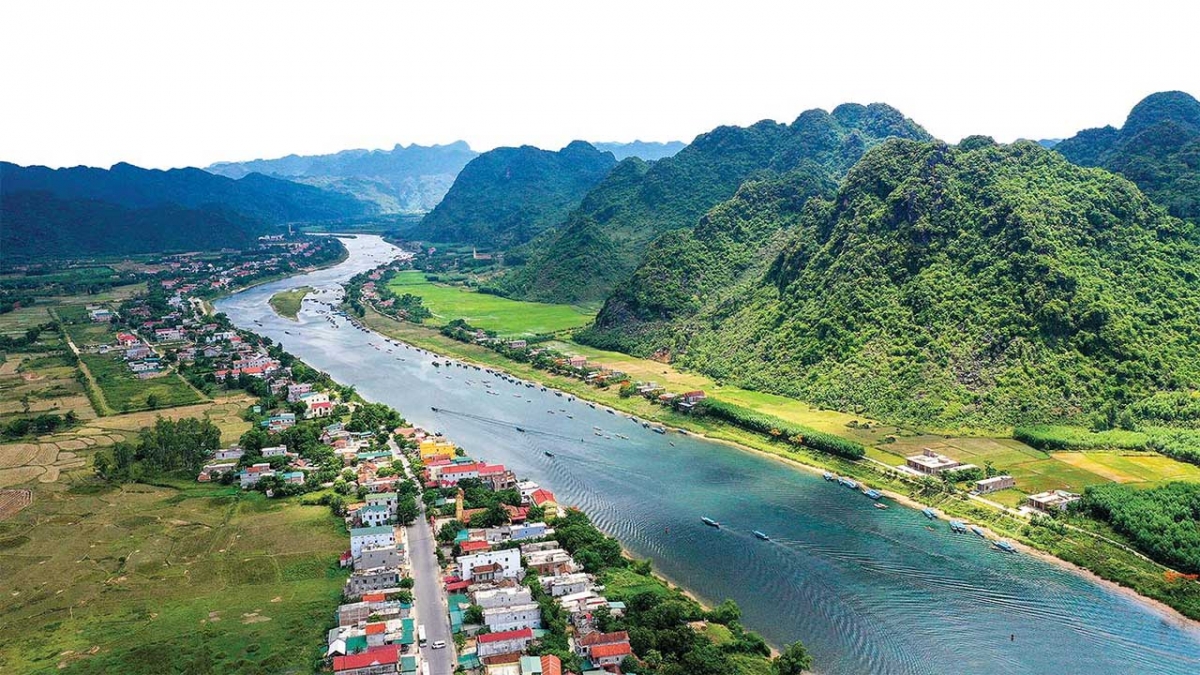
Phong Nha - Ke Bang National Park
During the period of Northern domination, the area that is now known as Quang Binh was part of Tuong Lam district and Nhat Nam district. In 192 AD, Quang Binh was located in Lam Ap territory. In 758 AD, Lam Ap was renamed Champa and Quang Binh was located in two continents, Chau Bo Chinh and Chau Dia Ly. After the 1069 Viet Champa war, this area belonged to Dai Viet. Ly Thuong Kiet was the person who identified and laid the first foundation of the land of Quang Binh completely within Dai Viet's territory.
During the Trinh-Nguyen war, the country was divided by the Gianh River in the northern part of Quang Binh province. Dong Hoi served as an important outpost for Lord Nguyen, along with Luy Thay and Dong Hoi citadel. From September 20, 1975 to June 30, 1989, Quang Binh province was merged into Binh Tri Thien province (formerly Thuan Hoa province). On June 30, 1989, the 5th session of the VIII National Assembly issued a resolution to divide Binh Tri Thien province and reestablish Quang Binh province, Quang Tri province, and Thua Thien Hue province. Since then, the province has been known as Quang Binh.
Archaeological excavations conducted in this area have provided evidence that humans have been living here since the Stone Age. Many historical artifacts, including vases, ceramics, and working tools, have been discovered in this region. In 1926, a French archaeologist named Madeleine Colani discovered several relics in caves located west of Quang Binh. She concluded that the Hoa Binh culture was present in this area.
During the Van Lang period, the region of Binh Tri Thien, and Quang Binh in particular, were part of the southernmost area of the Viet Thuong province. Later, during the Han Dynasty, Quang Binh became part of the Nhat Nam district. After the Lam Ap state (the precursor of the Champa state) gained independence in 192 AD (in present-day Quang Nam, Quang Ngai, and Binh Dinh), the Champa kings frequently invaded the Japanese territories of Nam and Cuu Chan, owning the land from Ngang Pass when the Jin Dynasty of China was weak. From this point on, Quang Binh became a key location for both Chinese and Vietnamese dynasties during times of independence.
In 1069, King Ly Thanh Tong of Dai Viet launched an attack on Champa, which resulted in the Champa king being captured and brought to Thang Long. To secure his release, the Champa king offered to cede land, including Dia Ly, Bo Chinh, Ma Linh, which corresponds to the present-day Quang Binh province and Vinh Linh, Gio Linh, Cam Lo, and the north of Huong Hoa officially became part of Dai Viet since 1069.
During the reign of Le Trung Hung, his name was Tien Binh. In 1604, the name was changed to Quang Binh. Lord Nguyen Phuc Khoat divided Quang Binh into three palaces: Bo Chinh palace (formerly Ngoi palace), Muoi palace (or Luu Don palace), and Quang Binh palace (or Tram palace). The province was officially established in 1831, with Quang Ninh district, followed by Quang Trach district.
In 1976, three provinces of Quang Binh, Quang Tri and Thua Thien merged to form Binh Tri Thien province, and in 1989 they separated again. When separated, Quang Binh province had 5 administrative units including Dong Hoi Town and 4 districts of Bo Trach, Le Ninh, Quang Trach, Tuyen Hoa. On January 1, 1960, Le Ninh district was divided into two districts: Le Thuy and Quang Ninh; Re-establish Minh Hoa district from Tuyen Hoa district. On August 16, 2004, Dong Hoi Town was converted into Dong Hoi city.

Dong Hoi City
Ba Don Town was established on December 20, 2013, through the separation of some areas and population from Quang Trach district. Currently, Quang Binh province has one city, one town and six districts. On July 30, 2014, the Prime Minister issued Decision 1270/QD-TT, which recognized Dong Hoi city as a class II urban area under Quang Binh province.
Quang Binh, a sunny and windy place, is a land with a rich history of bravery and heroism. Despite the many trials and tribulations, the region still maintains its natural, rustic beauty and boasts a population of honest, gentle people.
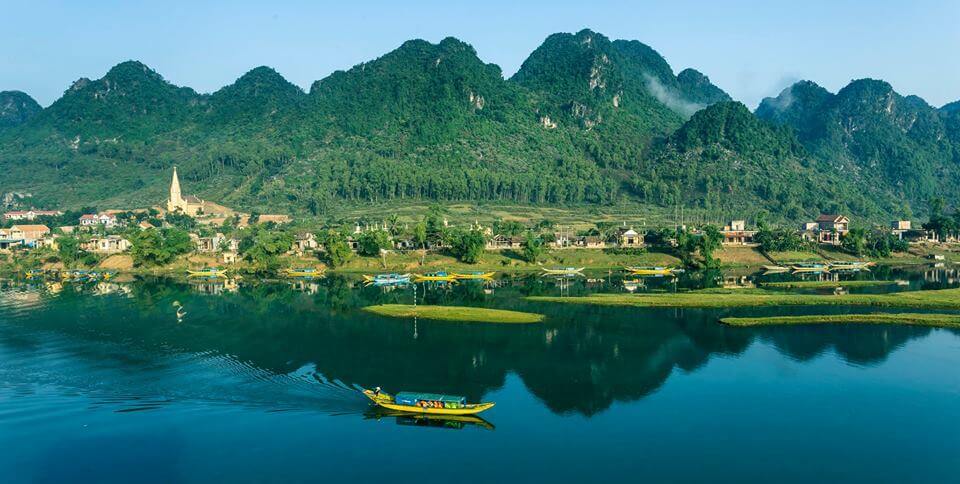
Son River
>>>Explore more tourist destinations in Quang Binh.
The history of Quang Binh is a magnificent epic, marking the ups and downs, upheavals and resilient will of the people here. This land has great potential for tourism, economic and cultural development.









